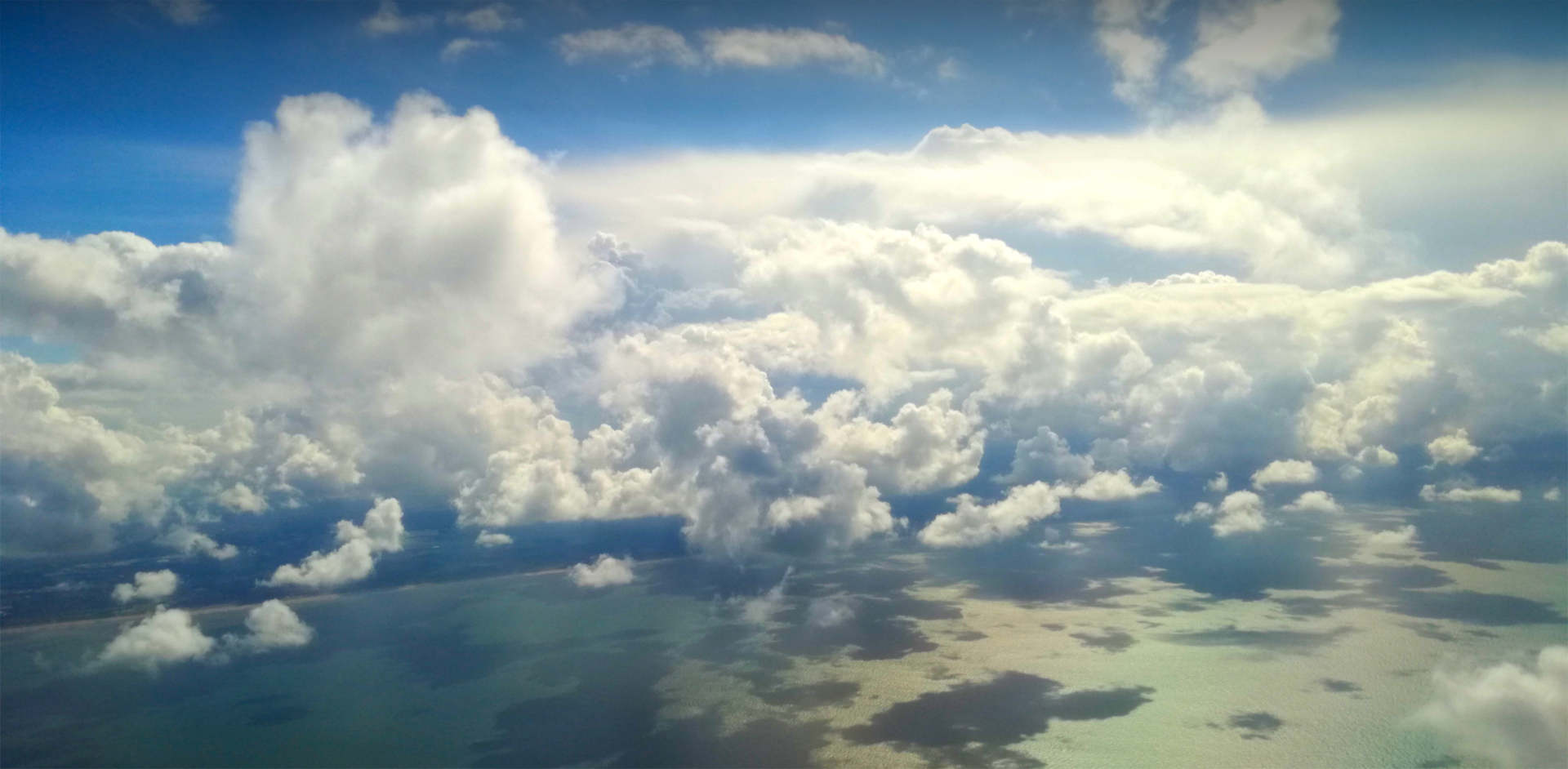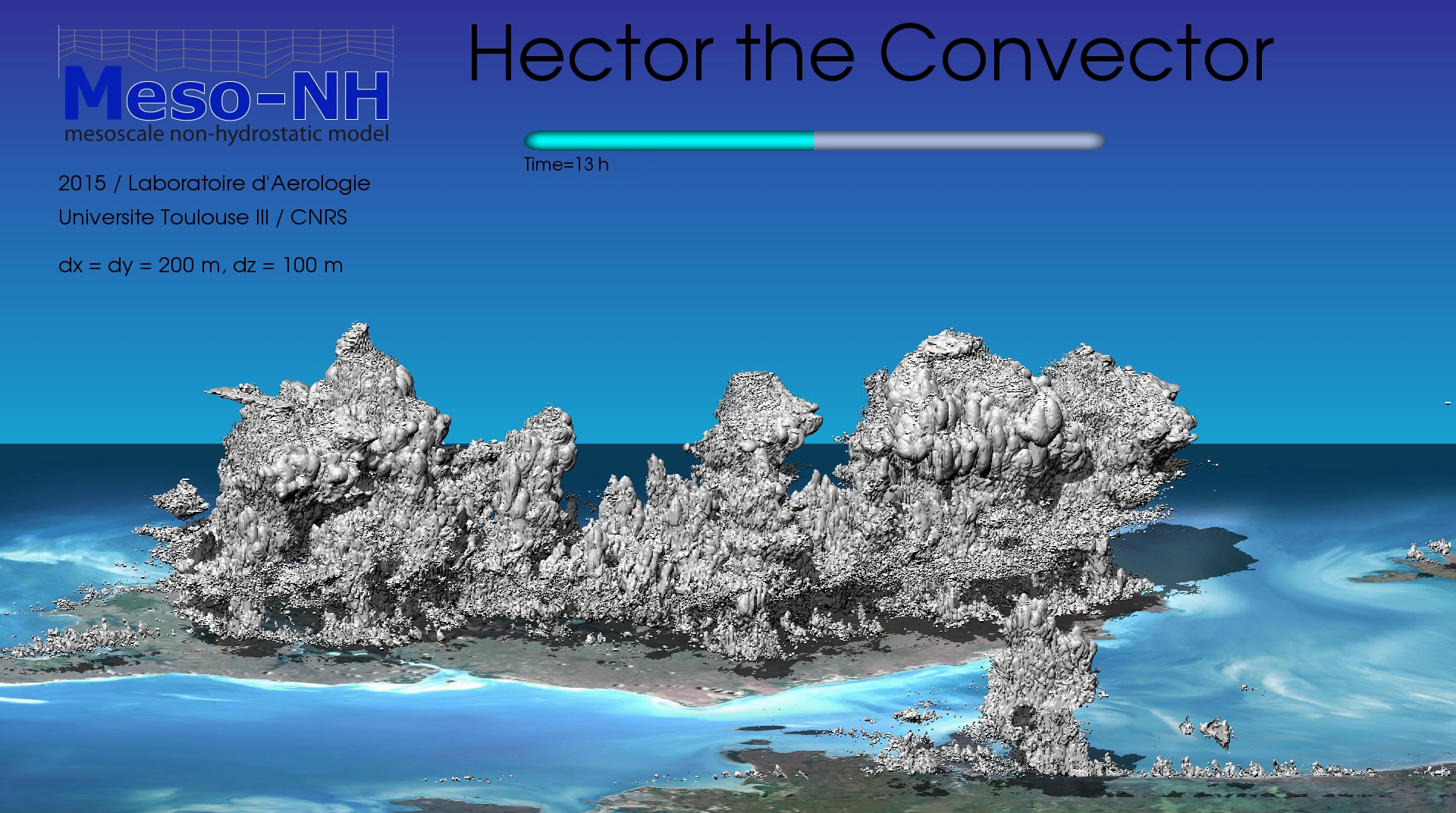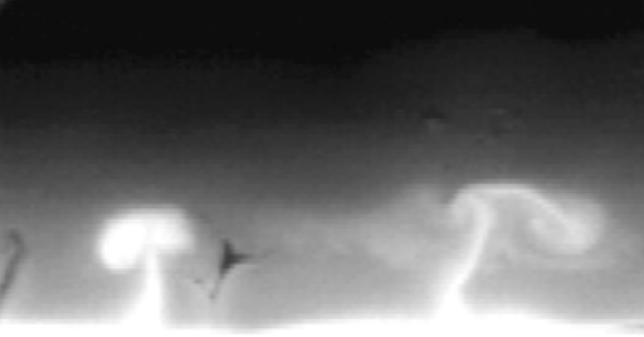Thibaut Dauhut
PhD in meteorology


Hi! My name is Thibaut Dauhut.
I am an atmospheric physicist at Laboratoire d'Aérologie, Observatoire Midi-Pyrénées, in Toulouse, France.
My research focuses on tropical convection, its organisation and its impact on the atmospheric humidity. In my earlier work, I studied how very deep convection organises to reach the tropopause and transport water into the tropical lower stratosphere. Now, I work on shallow convective clouds in the Trades and deep convection over Amazonia. I investigate the fine-scale processes that govern their organisation. Both stratospheric water vapour and convective cloud organisation impact the radiative properties of the Earth and are then crucial for the future of our climate.
I work with cutting-edge Large-Eddy Simulations (LES), with resolutions as fine as 100 m in order to resolve key small-scale processes like updrafts, low-level convergence, entrainment by cloud eddies and overshoots. During my stay at Max Plack Institute for Meteorology in Hamburg (2019-2020) I also used Global Storm Resolving Models, with kilometric resolution all over the Earth, to investigate the impact of convection at the global scale.

The tropical thunderstorms play an uncertain role in the transport of tropospheric air into the stratosphere, limiting our capability to predict the future climate. The transport by the thunderstorms may be underestimated by the climate models, due to their coarse resolutions. The efficiency of this transport is analysed using numerical simulations of the thunderstorm Hector the Convector with resolutions down to 100 m, the finest ever used for a case of very deep convection. The overshoots, that were observed at its top at 18 km altitude, are captured and the net hydration of the stratosphere is quantified. The contribution of the tropical thunderstorms to the water flux from the troposphere to the stratosphere is then estimated to about 20 %. The almost convergence at 200 m and 100 m suggests that such resolutions are necessary to correctly represent the updafts. The individual analysis of the updrafts indicates that the two tallest contribute beyond 90 % of the mass flux into the stratosphere. They are larger, more vigorous and contain more water than the tallest updrafts one hour before and one hour after, and their convective core was weakly diluted. The supply from the surface by the convergence lines, intensified by the cold pools, and the weak dilution of the two tallest updrafts are determinant for the development of very deep convection. The isentropic analysis of the overturning inside Hector confirms the mass flux computed with the updrafts analysis. It corrects the estimate in the lower troposphere by taking into account the turbulent flux, and in the upper troposphere by filtering out the gravity waves. It highlights the importance of the latent heating due to freezing in the two tallest updrafts during the phase of overshoot in the stratosphere.

The mechanisms of the eastward propagation of the Madden-Julian Oscillation (MJO) are still under investigation. The dynamical response of the troposphere to the convective heating induced by the active phase of MJO is studied here. It seems to be strengthened by the meridional gradient of the Earth surface temperature. It is modulated by the intensity, the extent and the variations of the convective heating. The mid-level westerly jet, west of the heating, seems to play a key role in the eastward MJO propagation. It extends eastward under the heating, up to a few degrees east beyond the heating center. The convergence of the low-level winds is shifted to the east, where the low-level winds and the energy fluxes from the surface are damped. Both the shift of the low-level convergence and the energy accumulation at the surface foster the displacement of the convection to the east of the heating center. Conversely, in this region, the subsiding flow warms the troposphere from the top, which rather inhibits the convection.

This study focuses on one of the possible causes for tropical cyclogenesis in the Australian region during summer. Rossby wave breaking in the mid-latitudes could play a role in their formation by providing precursor vortices, which are subsequently transported towards the tropics where they promote organized convection. A detection method has been developed with the NC Language. Several statistical analyses have been used to determine the extent to which precursor anomalies have played a part over the past twenty years in the formation of tropical cyclones and tropical storms. The calculations are based on the ERAI dataset. About 10% of all tropical storms and cyclones are associated with potential vorticity anomalies from the mid-latitudes and, on average, those anomalies are detectable 5 days before the storms form. Despite the simplicity of the tracking method, which is potentially improvable, the results are encouraging, particularly for tropical weather forecasting.

We form a liquid film using a solution of water – glycerol – surfactant that we hold in a vertical rectangular metallic frame. The film is made of two interfaces of surfactant between which the solution is confined. The solution flows downward between the interfaces causing the drainage phenomenon. The drainage is balanced by the solution supply at the top of the film. The top bar is a lengthways split cylinder in which the pump system injects the solution at a constant debit. The bottom bar heats the film on its full width as hot water flows through at a predefined temperature. The whole system reproduces typical Rayleigh-Bénard cells. The temperature fields in the film are recorded by an infra-red camera and the iMovie software. They are processed using imageJ and gnuplot software.